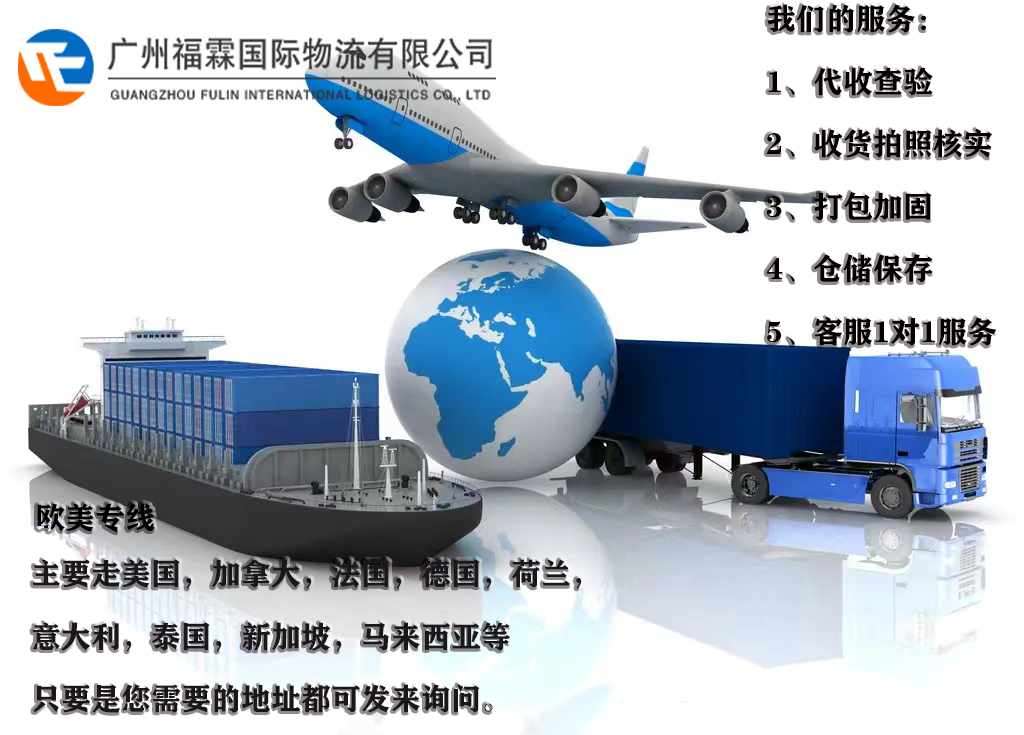Cargo transfer continues, the Port of New York-New Jersey in August container throughput than the Port of Los Angeles and the Port of Long Beach, becoming the busiest container port in the United States.
It is reported that in August this year, the Port of New York - New Jersey container throughput of 843,191 TEU, the Port of Long Beach container throughput of 806,940 TEU, the Port of Los Angeles container throughput of 805,314 TEU.
Kevin O'Toole, chairman of the Port Authority of New York-New Jersey, said, "The port's throughput exceeded the pre-outbreak figures, which is amazing, thanks to the port workers who handled the cargo with such efficiency. In addition, we supplemented the physical infrastructure with rail, thereby adding capacity that would not have been possible four or five years ago."
The increase in container handling has extended wait times at U.S. East ports. Port congestion has exacerbated arrival delays for manufacturers/retailers who need parts to make finished goods or to put finished goods on shelves for sale.
As of last Friday, MarineTraffic monitored 28 container ships waiting to berth at the Port of Savannah, with an average wait time of 9.9 days for a berth; 12 container ships waiting to berth at the Port of New York-New Jersey, with an average wait time of 9 days; and 25 container ships waiting to berth at the Port of Houston, with an average wait time of 8 days.
However, Josh Brazil, vice president of supply chain insights for Project44, said, "While cargo volumes are increasing, congestion at East Coast ports may be at an inflection point after months of record import volumes." The number of ships backlogged outside the ports has decreased from last month. brazil said, "Port backlogs will likely continue to ease in the fourth quarter as consumer demand slows and ship volumes decline."
On the other hand, reduced cargo volumes at West Coast ports have led to a significant drop in ocean freight prices from the Far East to the U.S. West. Peter Sand, chief shipping analyst at Xeneta, said, "A week ago, the difference in spot freight rates from the Far East to both coasts hit a new record.
To me, this is a sign that congestion on the West Coast has largely been eliminated and that container volumes at ports and terminals are within manageable limits. This is causing freight rates to the U.S. West to fall faster than the U.S. East." Sand continued, "Excluding inflation in retail sales, U.S. retail sales were unchanged from the previous month, so demand did not decline significantly." "Shippers are still shipping large numbers of containers on the East Coast, West Coast and Gulf Coast. With high freight rates due to congestion on the U.S. East Coast, coupled with additional disruptions on that coast due to problems at Nordic ports (referring to the recent strike by British port workers that put pressure on European ports), shippers are still hesitant to reroute cargo back to the U.S. West.
